Posted on
April 21, 2010 by
JA Allen
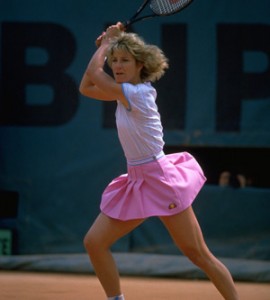
Chris Evert is No. 1 for the Ladies Tour at the French Open
How do you measure the greatness of an athlete within their respective sport? What factors determine the degree of greatness over a period of time––years or decades?
Further, how do you determine who is No. 1 in any given list or ranking? First you must find a pattern and then you must determine the significant components of the ranking––does each factor merit being used as part of the overall equation?
Sometimes it does, without question––like the score in a game. The highest or lowest score wins as in football or golf.
It is not always a simple task to determine who is the greatest because such discussions invariably have subjective components.
For this ranking, first consider the number of times a woman made it to the French Open finals since 1968 (Open Era) as the initial demarcation of greatness. To be considered she must have made it to the finals of the French Open at least 3 times.
Within the number of appearances, measure the wins against the losses in a given number of tries.
No. 1 Chris Evert ––Nine French Open Finals
Chris Evert winning seven of nine final appearances remains the undisputed leader on the clay at the French Open in Paris surpassing even her male counterparts in some estimations.
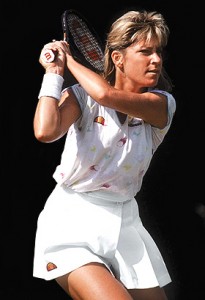
Evert won 7 French Open titles in 9 final appearances.
Clay brought out the strengths of Evert’s game––her patience, determination and her ability to construct points. She was tireless and unflappable on the red clay at Stade Roland Garros––hence her nickname, the Iron Princess.
The fact that she owns the clay court record with an 125-match win streak from 1973-1979 illustrates her prowess on the surface. During that run she lost only seven sets.
It was the one surface on which Evert generally prevailed over her arch-rival Martina Navratilova whose one weakness might have been the slow clay. They met in four finals on the red dirt with Evert coming out on top in three––all Evert’s wins over the Czech were three-set finals.
In all Evert appeared in nine finals at the French Open in 1973, 1974, 1975, 1979, 1980, 1983, 1984, 1985, 1986, winning them all except in 1973 and 1984.
Evert’s winning percentage stands at 92.4% [73-6].
Read the rest of this entry →
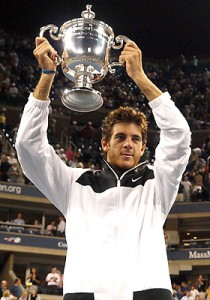
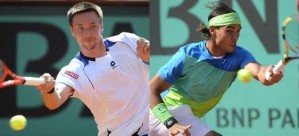
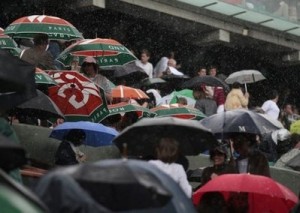


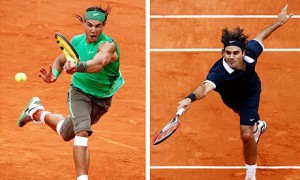
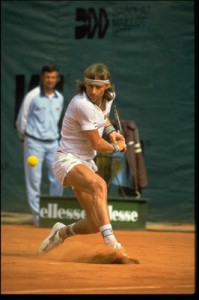
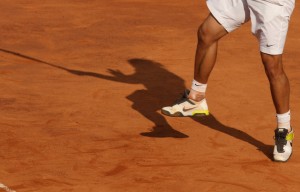 There’s something about the burnished, shimmering heat rising from the deep rust of a clay court that warms the spirit.
There’s something about the burnished, shimmering heat rising from the deep rust of a clay court that warms the spirit.